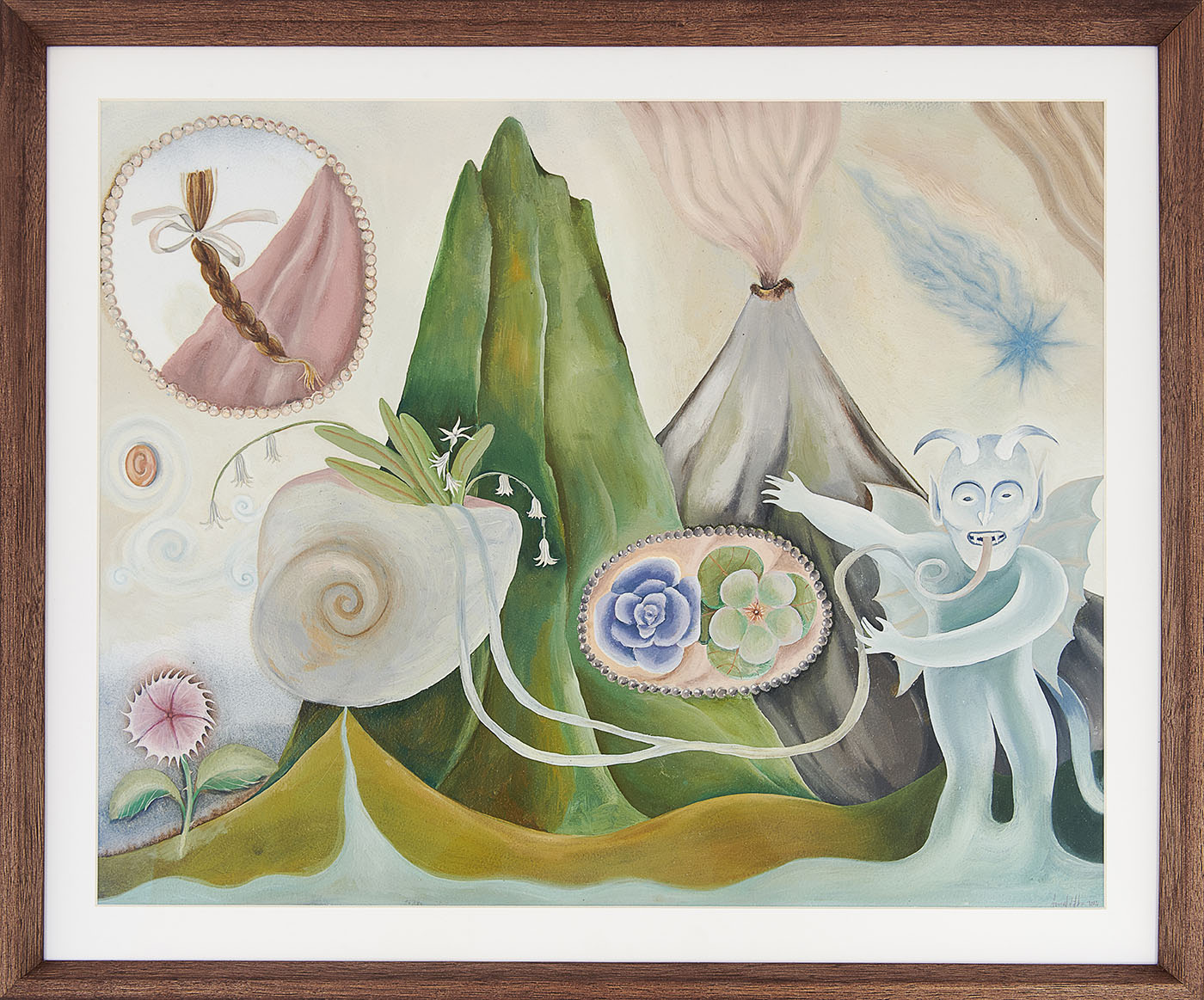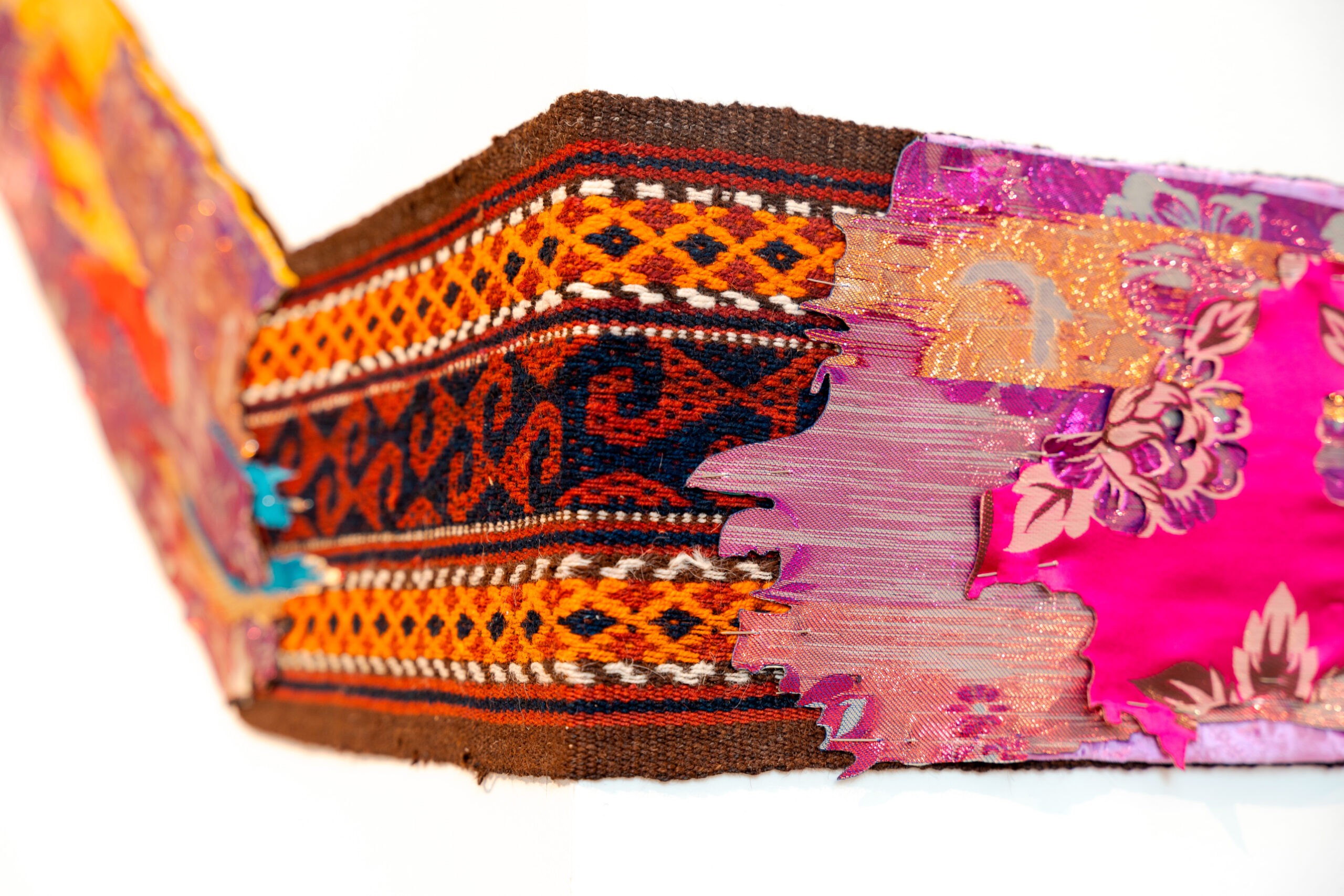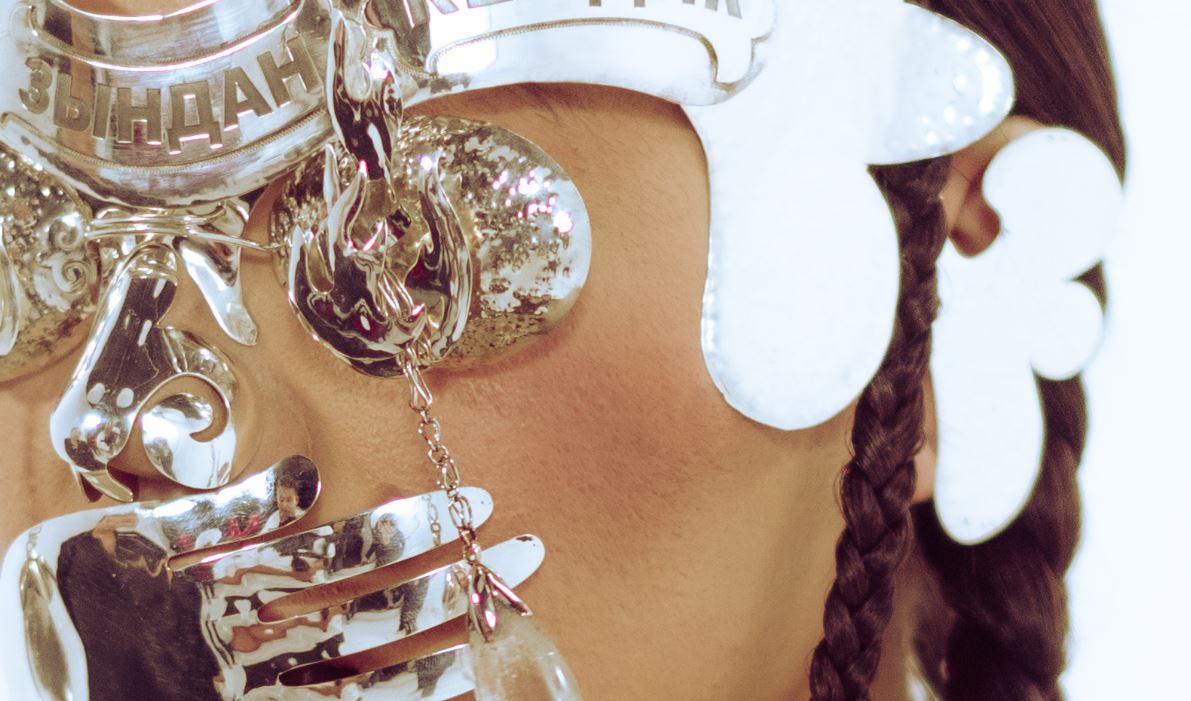
Below the extended version of my latest article which appeared on Le Quotidien de L’Art.
Il y a encore quelques années, la proposition culturelle dans la seconde ville de France en matière d’arts plastiques était extrêmement limitée : quelques lieux informels, des programmations éparses, un public principalement local et un marché de l’art quasi-absent.
Mais, depuis Manifesta en 2020 et grâce au travail acharné d’espaces créatifs comme la Friche Belle de Mai, et des muséums tel quel le MUCEM, le [mac] et le Frac, les propositions se sont faites de plus en plus audacieuses, attirant un public à la fois national et international. Les galeries indépendantes, plus d’une vingtaine aujourd’hui, quadrillent le centre-ville dont celles d’artistes qui ont ouvert leurs ateliers ici à Marseille, après la pandémie.
La vivacité grandissante de cette scène n’a pas échappée à l’entrepreneur culturelle Becca Hoffman de l’association 74Arts, qui organise des foires itinérantes, de Aspen à Singapour. L’Edition marseillaise de 74Arts s’appelle « La Mer, » et a l’ambition de relier directement les studios d’artistes marseillais aux grandes galeries françaises ainsi qu’aux collectionneurs internationaux. « On pense que Marseille a beaucoup changée au cours des dernières années » note Becca Hoffman, qui vit entre New York et Antibes. « Après le Covid, on a vu beaucoup de nouvelles fondations et des collectionneurs qui ont déménagés ici. Marseille, c’est l’avenir. Il y a une énergie créative qui est ouverte à tout le monde, mais surtout au Méditerranéen. »
Read More













